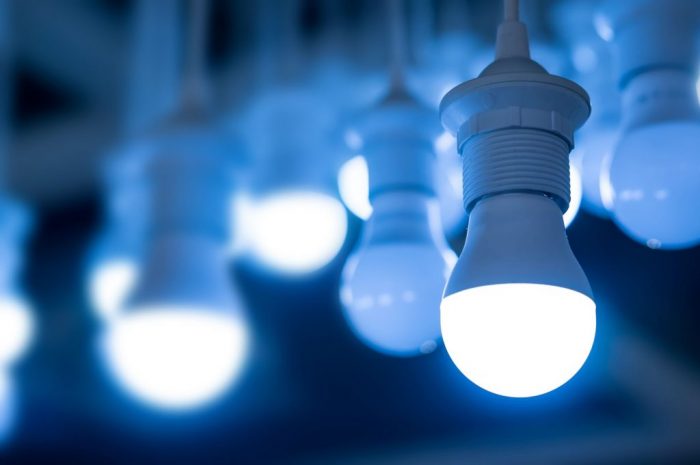
Are LED Lights Safe?
How LED Lights Might Be Unexpectedly Affecting Your Health
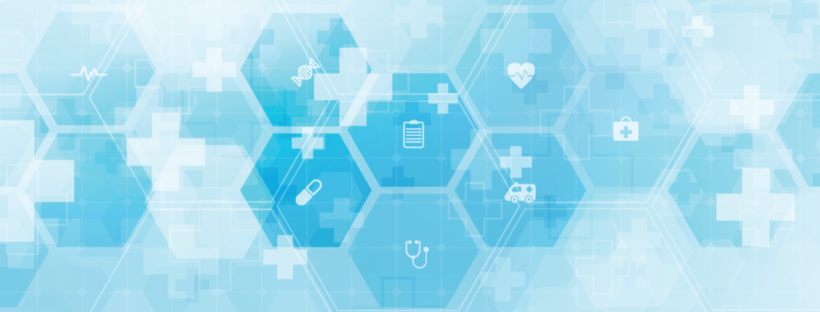
LED light bulbs are touted as the latest and greatest thing in the lighting world, and for good reason! They’re brighter, more efficient, and more colorful than lightbulbs of the past. But are they safe?
LED technology is still relatively new, so scientists and health professionals are still studying the impact LED light has on our health. So far the results are a mixed bag, with some good news and some bad news.
If you’re one of the many homeowners that filled your house with LED bulbs to save on energy bills, you might be wondering who to listen to and how concerned you should be. So, before you go through your house with a ladder and a trash can, stick around and we’ll break down what we know so far.
The Basics
Before we can get into the side effects of LED lights, we need to cover a couple of lighting basics.
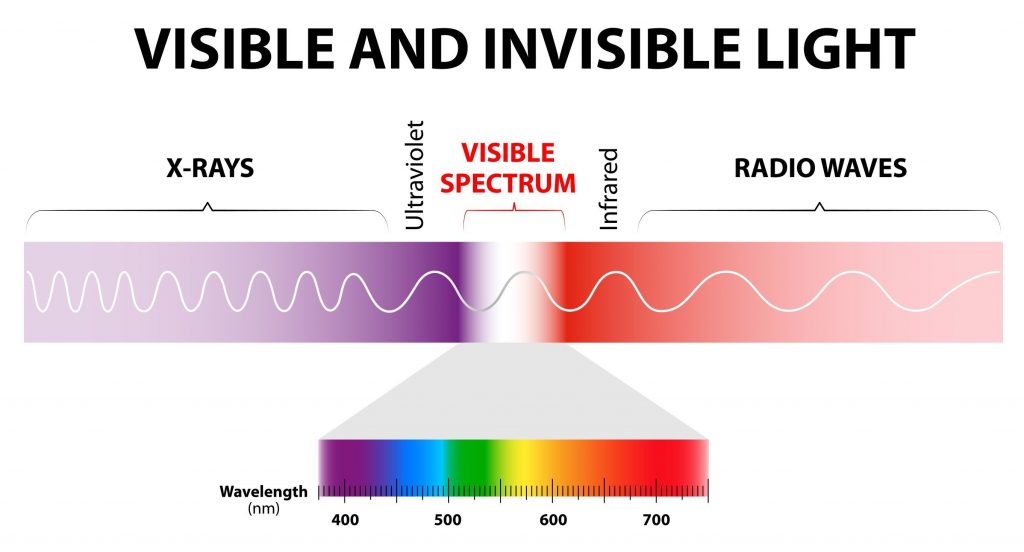
Light travels in wavelengths, and the length of the light wave changes its visible color. While infrared and UV light are invisible, the wavelengths in between can be seen by the human eye.
LED lightbulbs come in light colors all along this visible spectrum, and we use Kelvins to measure their “warmth”. Warm lights give off a yellow glow that feels cozy and relaxing. On the other end of the spectrum, cool lights give off a blue light that feels crisp and energizing.
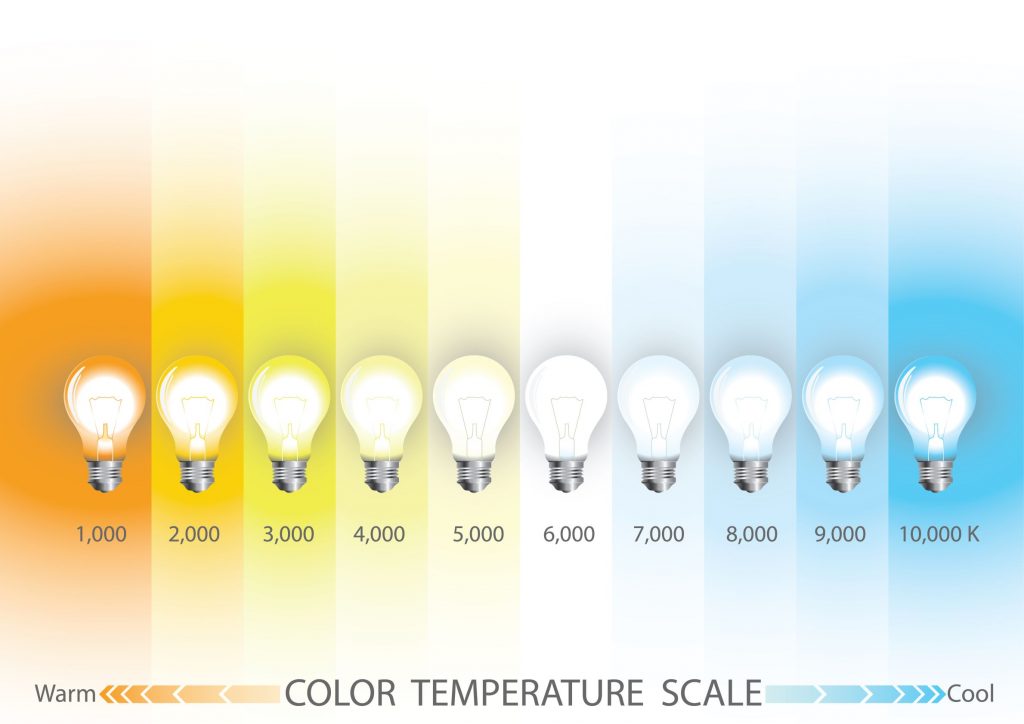
Blue Light Health Risks
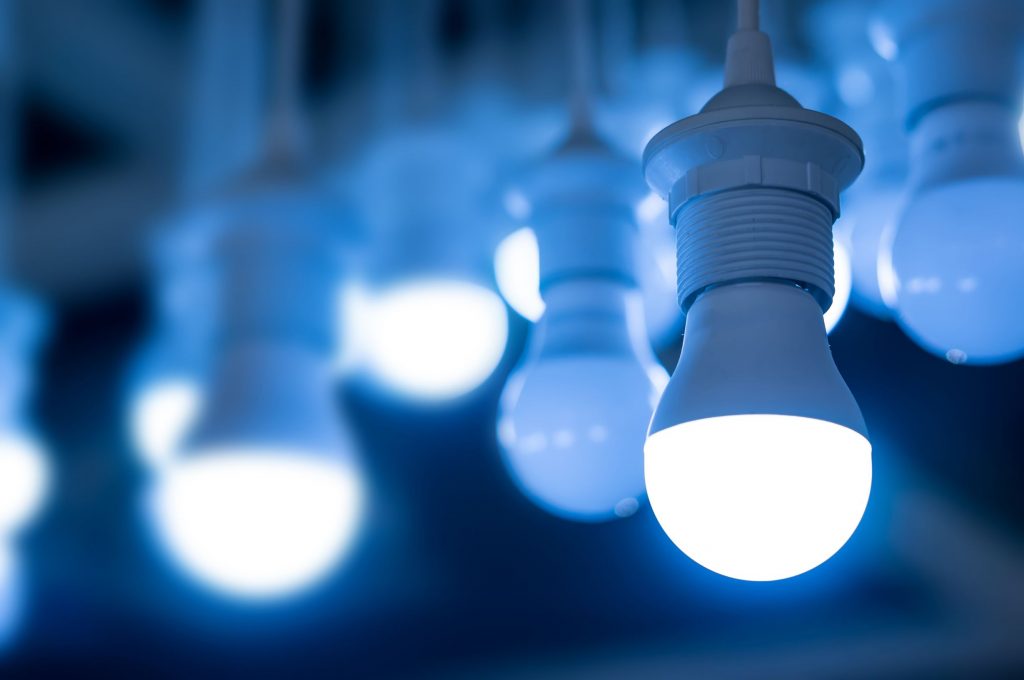
You may be asking yourself, what does this have to do with my health? As it turns out, the color of the LED light changes how it affects your body. Red and Near-Infrared (NIR) light is thought to stimulate repair and regeneration in our bodies. Blue light is a little more complicated.
Blue LED light (also called cool white) mimics daylight, which makes it popular in spaces like offices where you need to stay alert, and kitchens where bright lighting is important for safety. But some scientists are raising concerns about the side effects of prolonged or intense exposure to this blue light, and have linked it to sleep disorders, migraines, eye damage, and even breast cancer.
The research is still new and ongoing, so it can be hard to find answers. We’ve put together an overview of the current health risks associated with LED light so that you can see it all in one place and decide for yourself what you want to do.
LED Lights and Sleep

If you find yourself getting tired around the same time every day, it’s by design. When it gets dark outside, our bodies start to produce melatonin, which helps us to relax and drift off to sleep. This process is part of a cycle called the “circadian rhythm”.
When our circadian rhythm gets thrown off, it can cause all sorts of health issues including diabetes and heart disease. The WHO even classified night shift work as a probable carcinogen in 2007 due to the disruption of shift workers’ circadian rhythms.
Blue LED light can have a devastating effect on our circadian rhythms too. A Harvard study found that exposure to blue light reduces melatonin production for as long as 3 hours. Without the melatonin to trigger sleep, people exposed to blue light have a harder time getting to sleep at night.
This blue light can come from any blue LED light, including your interior lights, your TV, and your cell phone or computer screen. So if you’re having a hard time getting to sleep at night, try unplugging a couple of hours before bed. Turn off your devices, and only use warm interior lights when possible.
LED Lights and Eye Damage

LED computer monitors emit blue light that can strain your eyes with extended use. (This happens with LCD monitors as well.) If you find your eyes feeling tired after a day at the office, there’s an easy solution recommended by the AAO that may help: The 20-20-20 Rule. “Every 20 minutes, shift your eyes to look at an object at least 20 feet away, for at least 20 seconds” to help prevent eye strain.
It’s also possible that blue LED lights could be causing permanent damage to your eyes. In 2019, a French study showed “show short-term phototoxic effects” in the eye with short exposure to blue LED light. Even more concerning was that they discovered long-term damage in eyes that had regular exposure to blue light.
This eye damage can increase the risk of developing macular degeneration, which is a progressive loss of vision over time. If you have a family history of macular degeneration, it might be a good idea for you to ask your doctor about limiting your exposure to blue LED light. In the meantime, you can swap out your cool LEDs for soft white, and look into buying some blue-light-filtering specialty lenses.
There was some good news too- they found that this damage seems to be limited to just blue LED light. Warmer, soft white LED lights appeared to be just as safe as other traditional light bulbs.
LED Lights and Migraines
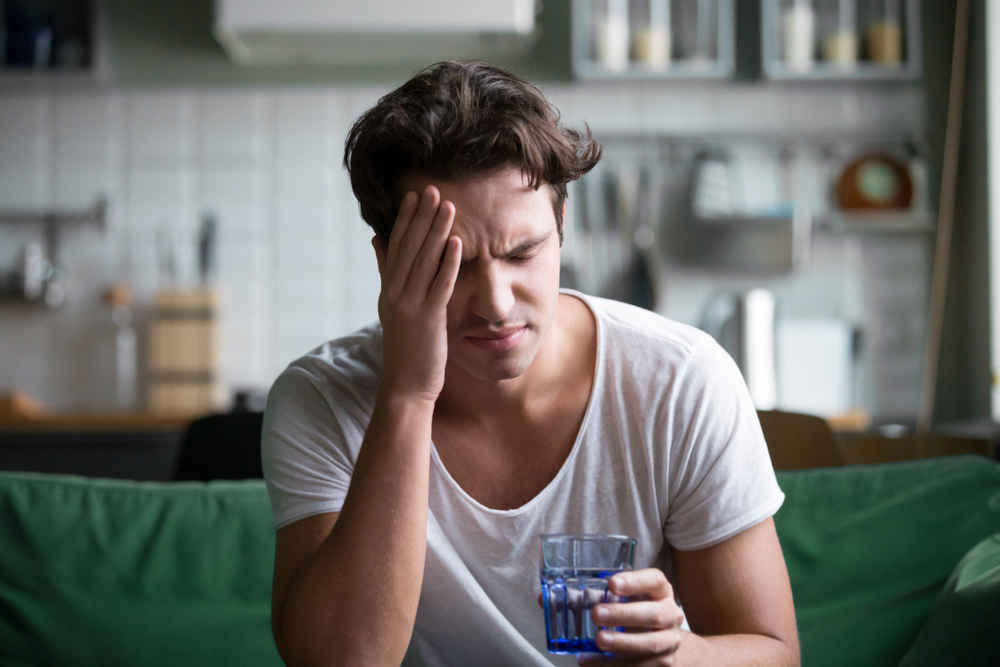
Exposure to artificial lights is linked to higher rates of headache and migraine symptoms. We still don’t know exactly why, but researchers have a few ideas.
One theory is that flickering is to blame. If you’ve ever worked in an office with fluorescent lights, you’ve probably experienced at least one headache because of the fluctuation in the light they emit.
Scientific American conducted a study where they looked at workers in offices with flickering fluorescent lights and workers in offices with non-flickering lights. They found that office workers working under flickering lights were twice as likely to experience headaches than their counterparts.
We haven’t seen any studies like this done yet for LED lights, but there are some possible repercussions for migraine sufferers. LED lights also flicker, although it’s too fast for us to perceive it. This could mean that they are a better option for migraine sufferers. On the other hand, fluorescent bulbs dim 35% when flickering, and LED lights dim all the way to 100%. It’s possible that the bigger change in light levels when flickering could make LEDs even more likely to cause headaches. It’s important to pay attention to the types of light you’re exposed to before a migraine to find out what your triggers are.
Another theory about light and headaches is that the intensity of LED lights can be a migraine trigger. Dimmable LED lights could be a solution for migraine sufferers who find the lights in their home to be too bright.
Although research linking LED lights to migraines is still pretty hard to come by, you’ll see more information in the near future. One clinical trial is testing green LED light, as it appears to reduce migraine symptoms.
LED Lights and Cancer Research
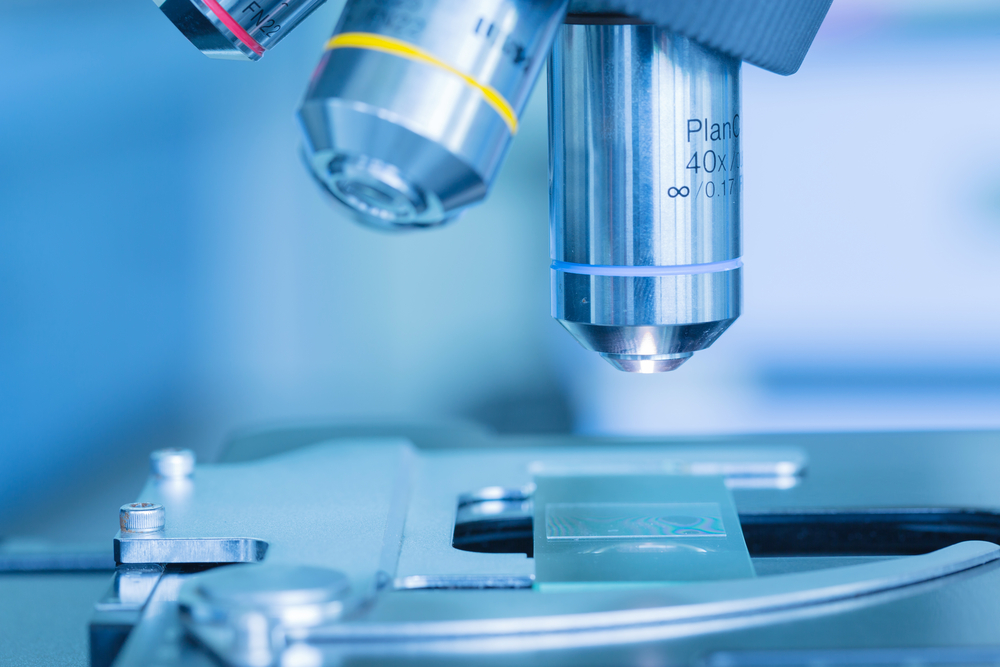
In 2018, researchers in Spain discovered a link between exposure to outdoor blue light at night and certain types of cancers. They found that participants with a high estimated exposure to blue light outside at night had a 60% higher risk for developing breast or prostate cancer.
It’s important to note that this study only looked at the effects of high levels of exposure to outdoor blue light at night. They did not study the more typical blue light given off by indoor lights or device screens.
While this may sound alarming, it’s still too early to raise red flags just yet. This research is brand new and unproven outside of this single study. If you’re concerned, the best thing to do for now is to limit the time you spend outside under artificial lights, and to close your curtains or blinds at night if you have a blue LED streetlight nearby.
It’s Not All Bad News
LEDs have only been around since the 1960s, and blue LED lights weren’t developed until the 1990s, so there’s still a lot to learn about them! We’re learning that blue LED light may have some unexpected negative side effects, but that doesn’t mean that all LED light is bad.
LED Light Therapy is a new field that uses LED lights to treat conditions and heal wounds. LEDs lights can improve skincare, help with mood disorders, and have the potential to do more!
LED Light Therapy and Seasonal Depression
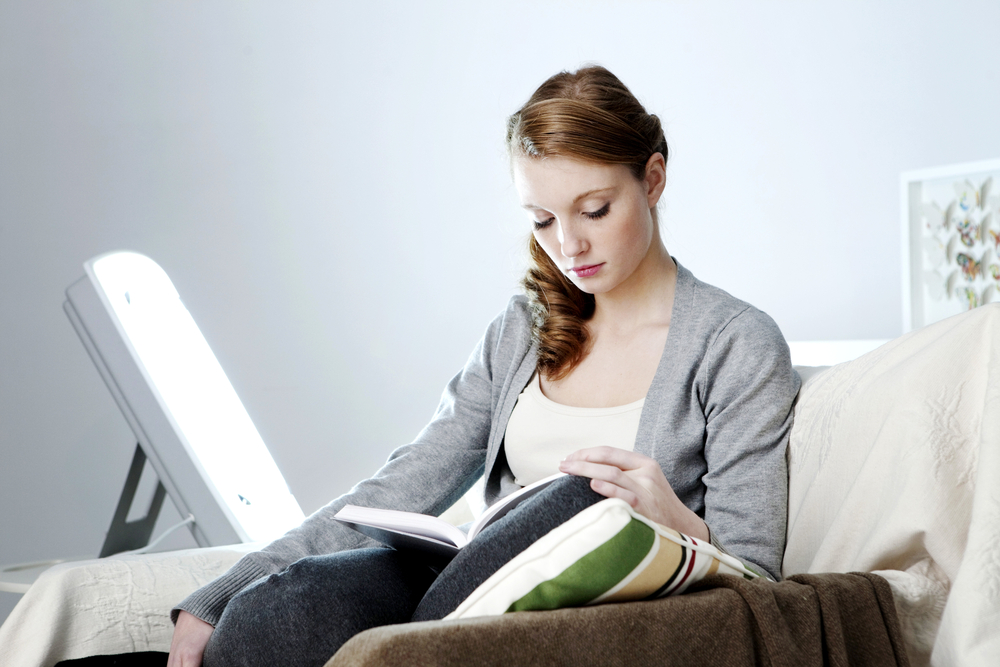
Seasonal Affective Disorder (SAD) is a mood disorder that affects an estimated 10 million Americans. As the days get shorter and sunlight is harder to find, many people find that their mood starts drop and seasonal depression sets in.
One of the ways doctors treat this is with LED light therapy boxes. These super-bright boxes of light have rows of LED lights that researchers believe cause a chemical change in the brain that lifts your mood when you sit in front of them for 20-30 minutes a day. For a light therapy box to be effective, it needs to be rated at 10,000 lux or higher, so be careful to avoid cheap knock-offs when shopping for them online.
If you find yourself struggling in the winter months, make sure you talk to your doctor. Light therapy boxes are only one part of an effective treatment plan for SAD, and they don’t work for everyone. You don’t have to struggle through the winter months.
LED Light Therapy and Skincare
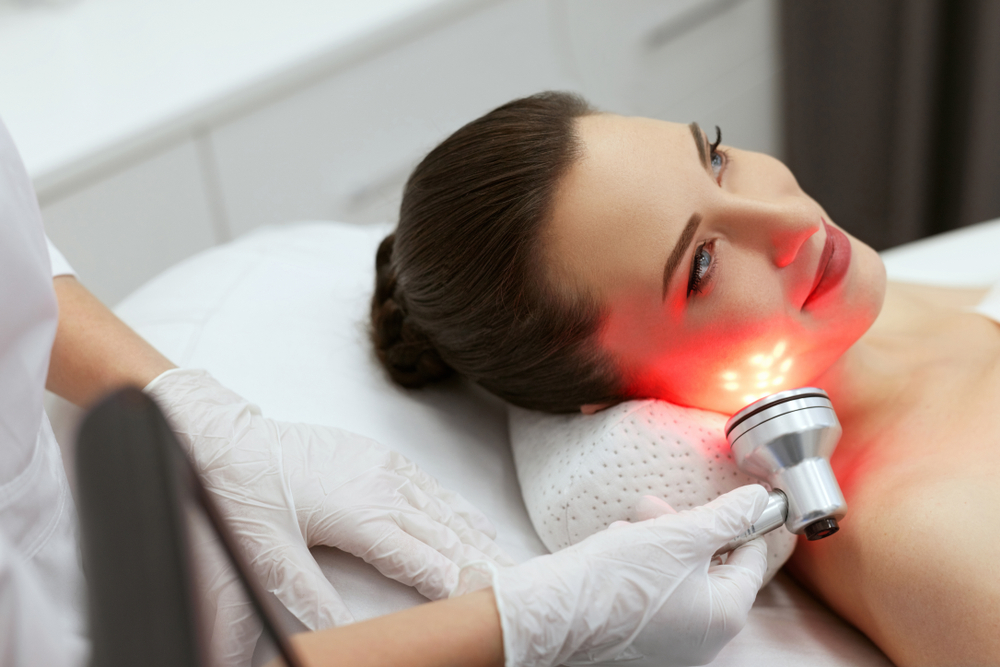
In the 1990s U.S. Navy SEALs started developing LED light therapy technology to help heal wounds more quickly. Once it was proven effective, doctors and aestheticians started using LED lights in skincare.
Red LED lights are used to reduce the appearance of acne, wrinkle and age spots. It’s thought to reduce inflammation and stimulate collagen, which causes skin to appear more smooth.
Blue LED lights are used to treat surface and cystic acne. It’s believed to make oil glands less active, and kill bacteria beneath the skin.
So, are LED lights bad for you?
LED lights as a whole are very safe, but you do need to be careful about how you use them.
Use soft white lights where you can in your home, especially in your bedroom. It’s still okay to use blue LED lights (often called Daylight bulbs) in your home, especially in places where you need to work, like an office or kitchen. Just keep in mind that these blue lights can affect your sleep, so steer clear of them in the late evening hours.
If you’re prone to headaches or migraines, pay attention to the lighting you’ve been exposed to. If you notice a pattern, changing out your lightbulbs could be an easy fix! Consider getting blue-light-filtering glasses to help protect your eyes if you work in front of a computer screen all day. Just like taking a multivitamin every day can help keep us healthy, small precautionary measures against harmful light sources may make a big difference.
TL;DR – LED Lights and Your Health
| Risks | Benefits | Mixed Bag |
| Sleep – Exposure to blue LED light before bed can disrupt your circadian rhythm. You should limit blue light exposure for a few hours before bed. Eyes – Blue LED light can damage your eyes. Blue light filtering glasses are recommended for people that work in front of a computer monitor all day. Cancer – The link between LED light and cancer is still being studied. Some researchers believe it increases the risk of developing certain types of cancer, but more research needs to be done. | Seasonal Depression – LED light therapy boxes can help some people that suffer from seasonal depression, although they are just one part of an effective treatment plan. Please talk with your doctor if you think you may have SAD. Skincare – LED light therapy can help speed up the healing process. Red LED lights help reduce the appearance of acne, wrinkle and age spots. Blue LED lights are used to treat surface and cystic acne. | Migraines – Flickering lights can trigger migraines for some people. LED lights flicker significantly less than fluorescent lights, so some migraine sufferers will benefit from replacing CFL bulbs with LED. LED lights are also very intense, which could also be a migraine trigger. Most LED bulbs are dimmable, so this could help to mitigate the intensity for migraine sufferers. If you suffer from migraines, you should pay attention to your light exposure to look for trigger patterns. |
LED bulbs are energy efficient, bright, and widely available, but they’re still considered “new” in the lighting industry. It’s always a good idea to keep an ear to the ground for future breakthroughs and discoveries.
If you have any questions about how to use LED bulbs in your home, or how to choose the right light bulb for your space, our lighting experts are ready to answer your questions. Give us a call or drop in and see us at our showroom!
The information in this article is compiled from several sources and studies. Research into the effects of LED lights on your health is ongoing and subject to change as new information is found. If you have any concerns about your health and its relation to LED lighting, please consult a licensed medical expert.
